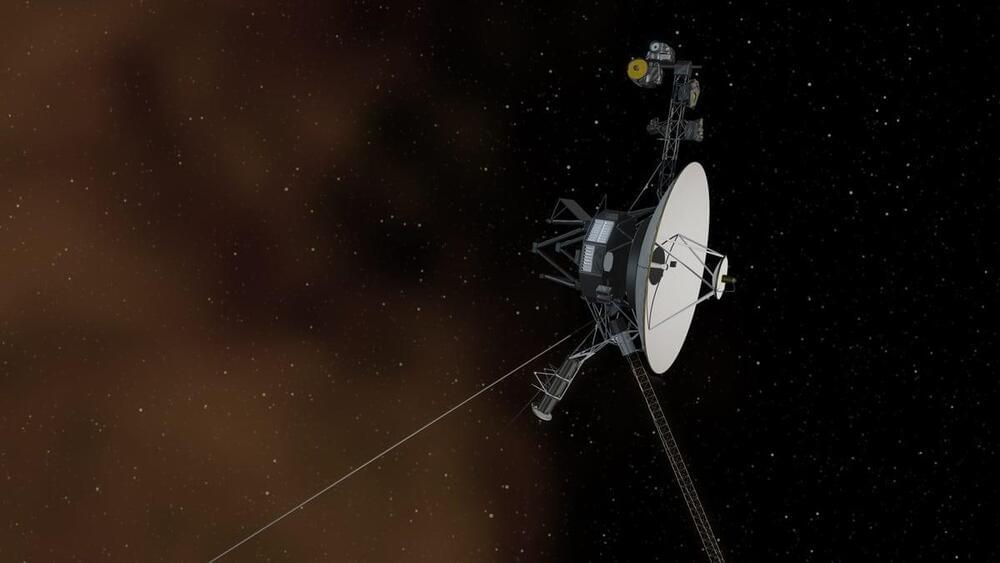Musk agreed that if 25% of daily active users are fake accounts, the takeover should cost 25% less, equivalent to $11 billion.
Get the latest international news and world events from around the world.

#Innovation
Today is the opening of The CAPT.(DR.) IDAHOSA WELLS OKUNBO STEM AND INNOVATION CENTER in the rural area of Iyara, warri, delta state, Nigeria.aa.
View insights.
21 post reach.
Physicists optimized a nuclear fusion reactor to overcome a problem that causes heat loss and prevents the device from sustaining fusion.

Quantifying Biological Age: Blood Test #3 in 2022
Join us on Patreon!
https://www.patreon.com/MichaelLustgartenPhD
Levine’s Biological age calculator is embedded as an Excel file in this link from my website:
An epigenetic biomarker of aging for lifespan and healthspan.
https://pubmed.ncbi.nlm.nih.gov/29676998/
Underlying features of epigenetic aging clocks in vivo and in vitro.
https://pubmed.ncbi.nlm.nih.gov/32930491/
Population Specific Biomarkers of Human Aging: A Big Data Study Using South Korean, Canadian, and Eastern European Patient Populations.
https://pubmed.ncbi.nlm.nih.gov/29340580/


Elon Musk slams Twitter executive who mocked him for having Asperger’s
Billionaire Tesla CEO and possible future owner of Twitter Elon Musk responded to a Project Veritas video that allegedly shows a Twitter executive mocking Musk for havingAsperger’s Syndrome, a form of autism. The man caught on camera is reportedly Alex Martinez, whoProject Veritas says is Twitter’sLead Client Partner.

Pennsylvania woman being treated for rabies after encountering monkey in aftermath of crash
A woman who happened upon the Friday crash of a pickup towing a trailer transporting 100 monkeys is being treated after a monkey spit at her and she developed pink-eye symptoms. #Conjunctivitis …Is Conjunctivitis a symptom of #monkeypox
People for the Ethical Treatment of Animals (PETA) said the U.S. Department of Agriculture is investigating the accident, which occurred on an east-central Pennsylvania highway, and the subsequent attempts to round up some of the cynomolgus macaque monkeys who had escaped from their crates.
The accident involved the collision of the pickup and a dump truck near the Danville exit on Interstate 80. Pennsylvania State Police said several monkeys had escaped following Friday’s collision and one remained unaccounted for overnight.
Michele Fallon, the Danville, Pennsylvania woman who came upon the crash told the Press Enterprise newspaper when she and another motorist who stopped to help, the other driver said he thought he saw a cat run across the road.
A Different Kind Of 3D Printer: Desktop Holograms
Circa 2021
Holograms aren’t new, but a desktop machine that spits them out could be available soon, presuming LitiHolo’s Kickstarter pans out. The machine will have a $1600 retail price and fits in a two-foot square. It can generate 4×5 inch holograms with 1mm hogels (the holo equivalent of a pixel).
The machine allows for 23 view zones per hogel and can create moving holograms with a few seconds of motion — like the famous kiss-blowing holograms.
Of course, you’ll also need a special self-developing film and a way to get 3D images into the printer such as software or a camera set up to do a 3D scan. In the 4×5 size, the film runs about $13 a plate which will create one hologram.


Scientists Say There May Be a “Mirror World” to Our Own
Three researchers published their findings this week in the journal Physical Review Letters and say their hypothesis is based on problems with the Hubble Constant, the rate at which the universe expands. Yesterday’s SciTechDaily report on the study says predictions for that constant are a lot slower than what we’ve measured in reality, and scientists are trying to figure out what’s causing the discrepancy. They say the cause could be a mirror world we can’t yet see.
“This might provide a way to understand why there appears to be a discrepancy between different measurements of the Universe’s expansion rate,” researchers said in a statement about their findings.
Scientists have long built models of the cosmos. Now the task is to create one that doesn’t violate any of the rules cosmological rules we’ve learned so far. The researchers say that if the universe is somehow exploiting what we know about its physics and symmetry there could be an invisible mirror world very similar to ours but invisible except through gravitational impact on our world.